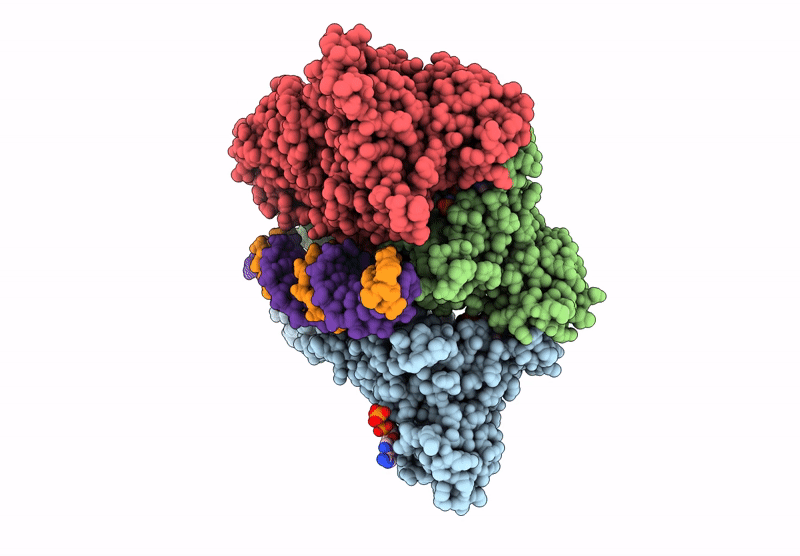
Deposition Date
2024-02-07
Release Date
2024-10-30
Last Version Date
2025-07-09
Entry Detail
PDB ID:
8RXK
Keywords:
Title:
ComM helicase from Legionella pneumophila, coordinating dsDNA and AMP-PNP
Biological Source:
Source Organism:
Legionella pneumophila (Taxon ID: 446)
synthetic construct (Taxon ID: 32630)
synthetic construct (Taxon ID: 32630)
Host Organism:
Method Details:
Experimental Method:
Resolution:
3.23 Å
Aggregation State:
PARTICLE
Reconstruction Method:
SINGLE PARTICLE


